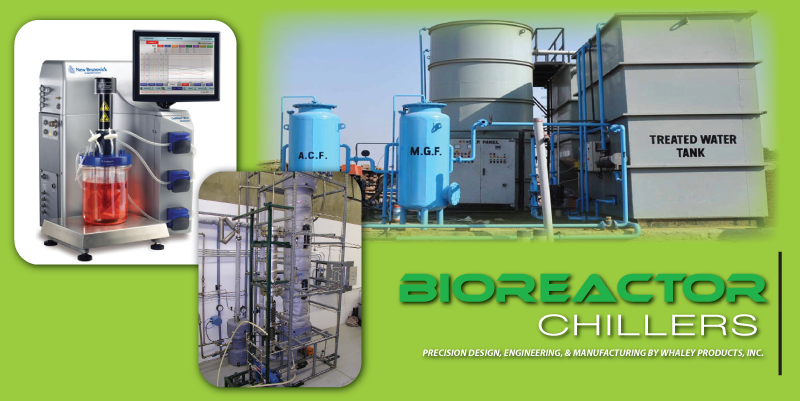Types of Bioreactors
Bioreactors are tanks or vessels that hold organic material to create and control chemical reactions to further production. Bioreactors are used in waste water treatment, tissue cloning, and used to create algae. Bioreactors are important the scientific world, manufacturing world, and processing world.
Six types of bioreactors exist to create different structures in different applications. Two types have already been talked about. These are the photo bioreactor, and membrane/airlift bioreactor. Other bioreactors that are usable in chemical applications are continuous stirred tank bioreactors, bubble column bioreactors, and fluidized bed bioreactors. All of the bioreactors mentioned above have similar functions but are specialized for the industries they serve, and how they do their jobs.
 There are many advantages to continuous stir bioreactors. They provide efficient gas transfer to growing cells inside a chamber and the mix contents of a bioreactor at commercial level. Continuous stir bioreactors consist of cylindrical vessel with a motor driven shaft. The shaft supports one or more agitators. The agitators are used to mix in added air that is pumped from a sprager. Bubbles that are generated from the air are broken down and create uniform and homogenous environment in the bioreactor.
There are many advantages to continuous stir bioreactors. They provide efficient gas transfer to growing cells inside a chamber and the mix contents of a bioreactor at commercial level. Continuous stir bioreactors consist of cylindrical vessel with a motor driven shaft. The shaft supports one or more agitators. The agitators are used to mix in added air that is pumped from a sprager. Bubbles that are generated from the air are broken down and create uniform and homogenous environment in the bioreactor.
A bubble column bioreactor has air or gas that is introduced through the bottom of vessel. This is different from the continuous stirred that has air pumped though the top. The bubble column bioreactor is used to influence performance factors like oxygen transfer, and mixing.
